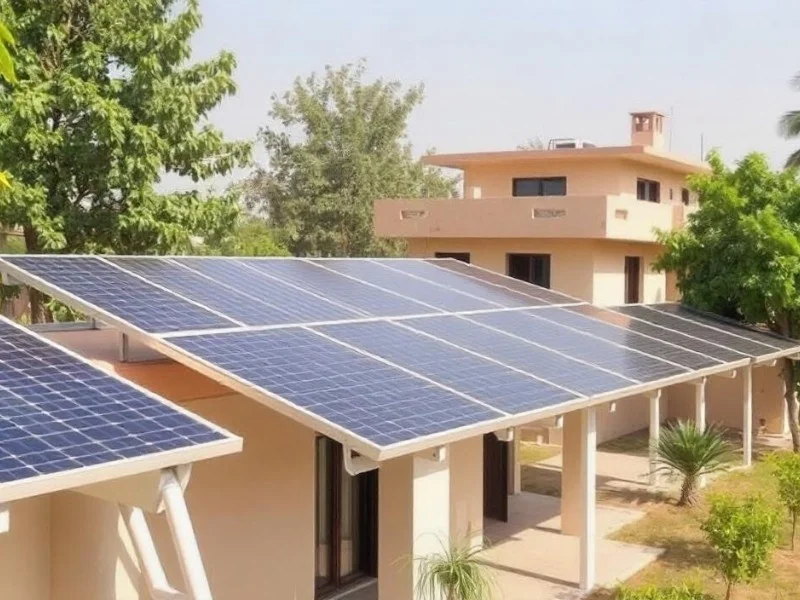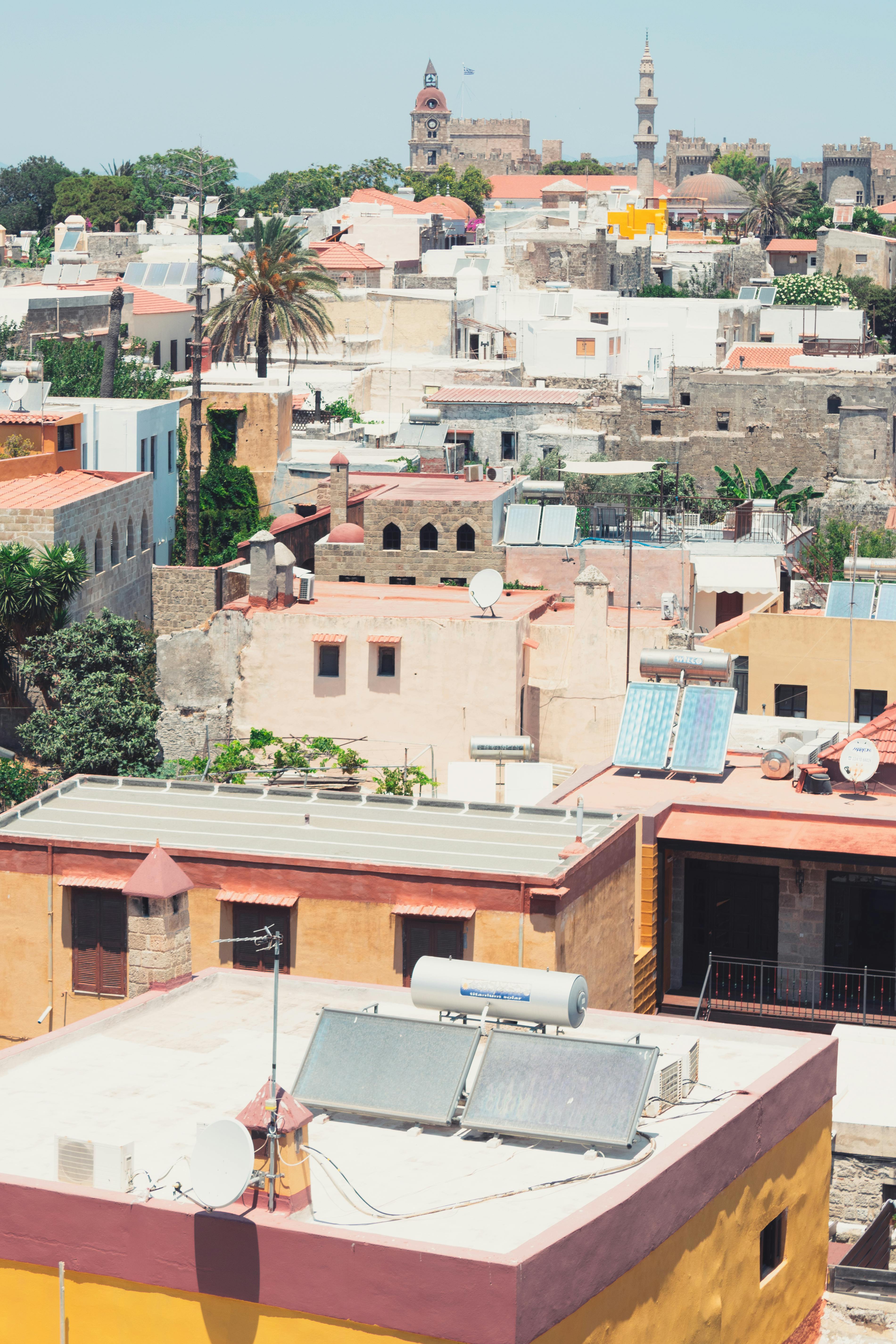Introduction
In the quest for a sustainable future, solar energy emerges as a cornerstone of renewable energy solutions, offering a glimmer of hope in the battle against climate change. As the world pivots towards cleaner energy sources, the efficiency and effectiveness of solar installations become paramount. This is where understanding and optimizing the Performance Ratio (PR) and Capacity Utilization Factor (CUF) play a crucial role.
The Performance Ratio (PR) and Capacity Utilization Factor (CUF) are critical metrics that gauge the efficiency and productivity of solar power systems. PR measures the quality of a solar plant, indicating how well the system converts sunlight into electrical energy under real-world conditions, compared to its theoretical potential. On the other hand, CUF represents the actual output of a solar plant over a period, compared to its maximum possible output, reflecting the plant’s utilization level. Together, these metrics offer invaluable insights into the health and performance of solar installations, guiding operators in maximizing energy production.
Maximizing solar energy is not just about installing more panels; it's about smarter, more efficient use of the sun's bounty. This blog aims to shed light on strategies for improving the Performance Ratio and Capacity Utilization Factor of solar installations. By focusing on these aspects, solar installers and enthusiasts can unlock the full potential of their systems, ensuring not only better efficiency but also greater contributions to the global clean energy mix. Incorporating real-life examples of successful adjustments and their impact on overall performance, we offer actionable insights for optimizing solar systems to meet the growing energy demands sustainably.
Understanding PR and CUF
Performance Ratio (PR):
The Performance Ratio is a measure of the quality and efficiency of a solar power system. It is defined as the ratio of the actual energy output from a solar plant to the theoretical energy output if the system operated at its peak efficiency under standard test conditions (STC). PR is a unitless measure, often expressed as a percentage, highlighting how environmental factors, system losses, and operational inefficiencies affect the solar plant's performance.
Factors influencing PR include:
- Shading: Trees, buildings, or other obstructions casting shadows on panels reduce their exposure to sunlight.
- Temperature: Solar panels operate most efficiently at specific temperatures. High temperatures can decrease their efficiency.
- Quality of Components: The use of high-quality inverters, panels, and other system components can significantly affect the PR by reducing system losses.
- Installation Quality: Proper installation and orientation of solar panels ensure they capture maximum sunlight.
Capacity Utilization Factor (CUF):
Capacity Utilization Factor, on the other hand, measures the actual output of a solar power plant over a specific period (usually a year) as a percentage of its maximum possible output during the same period. It considers the plant's operational hours, reflecting how well the plant utilizes its total capacity. Unlike PR, CUF is influenced by the availability of sunlight, operational downtime, and other external factors.
Factors affecting CUF include:
- Geographical Location: Regions with more sunny days per year can expect higher CUF values.
- System Downtime: Maintenance, repairs, or grid-related downtimes reduce the actual operating hours, affecting CUF.
- Seasonal Variations: Changes in daylight hours and solar intensity throughout the year influence the system's utilization.
Understanding and optimizing both PR and CUF are vital for enhancing solar system performance. While PR focuses on the system's efficiency in converting sunlight to electricity, CUF sheds light on how effectively the installation utilizes its total potential over time. Together, these metrics provide a comprehensive view of a solar system's health and performance, guiding efforts to maximize energy production.
Strategies to Improve PR and CUF
Optimizing solar system performance involves a multifaceted approach, focusing on both the hardware components and operational practices. Here are actionable strategies to enhance both PR and CUF:
1. Optimal Panel Placement and Orientation
- Angle and Direction: Ensure panels are oriented and tilted at an angle optimal for your geographical location to maximize sunlight exposure throughout the year.
- Avoiding Shading: Conduct a site analysis to minimize shading from trees, buildings, and other structures, especially during peak sunlight hours.
2. Regular Maintenance and Cleaning of Panels
- Cleaning Schedule: Implement a regular cleaning schedule to remove dust, bird droppings, and other debris that can block sunlight and reduce efficiency.
- System Checks: Regular electrical and structural checks help identify and rectify issues like loose connections, damaged panels, or inverter problems, preventing performance degradation.
3. Use of High-quality Solar Components
- Selecting Efficient Panels: Invest in high-efficiency solar panels that deliver more power output per square foot.
- Quality Inverters: High-quality inverters ensure maximum conversion of DC to AC power, crucial for system efficiency.
4. Technological Advancements in Solar Panels and Inverters
- Innovative Technologies: Adopt panels with PERC, bifacial technologies, or inverters with MPPT (Maximum Power Point Tracking) to enhance energy capture and conversion.
- Cooling Technologies: Consider cooling technologies for panels to maintain optimal operating temperatures and prevent efficiency losses due to overheating.
5. Incorporating Software for Real-time Performance Monitoring
- Monitoring Systems: Use advanced monitoring systems that provide real-time data on system performance, enabling quick identification and resolution of issues affecting PR and CUF.
- Predictive Maintenance: Leverage software tools that use AI to predict potential system failures or maintenance needs, ensuring continuous optimal performance.
Implementing these strategies requires an upfront investment but can significantly improve the efficiency and output of solar installations in the long run. By focusing on optimal setup, regular maintenance, and the adoption of advanced technologies, solar installers and enthusiasts can enhance both PR and CUF, leading to more efficient, reliable, and profitable solar energy systems.
Conclusion
The journey towards maximizing solar energy efficiency is not solely about harnessing the sun's power but optimizing how we capture and convert this energy into electricity. The Performance Ratio (PR) and Capacity Utilization Factor (CUF) serve as critical benchmarks in assessing and enhancing the performance of solar installations. Through an in-depth understanding and strategic optimization of these metrics, solar installers and enthusiasts can significantly improve the efficiency, reliability, and profitability of solar energy systems.

.webp)
.webp)
.webp)


.jpg)
.jpg)







.jpg)





.jpeg)












.jpg)


.png)
.png)
.png)
.png)
.png)
.png)


.png)


.jpg)